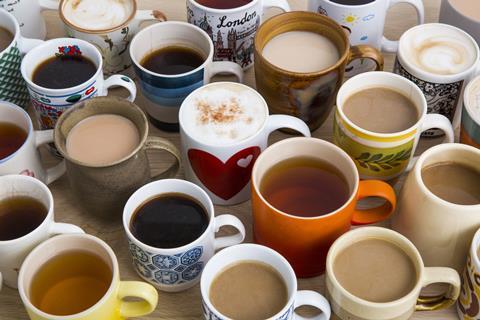
Soft drinks behemoth Coca-Cola is cranking up the heat in hot beverages. The Costa Coffee chain it bought in 2019 for £3.9bn has delivered the category’s greatest absolute gain of the year. Sales of Costa’s coffee and hot chocolate lines have added £6.8m, with volumes surging 72%. That’s in a market that lost £83.2m across coffee, tea and hot chocolate, as units plummeted 8.7%.
“The Costa at Home range goes from strength to strength,” says Mark Cumming, head of fmcg for Costa Coffee. “In 2022, retailers have expanded the range of Costa at Home products. Despite challenging economic times, we see consumers still looking for moments of indulgence and quality from trusted brands.”
You could say this strong growth is partly due to the UK’s economic woes. With punters thinking twice about splashing out £3.30 on a flat white in Costa’s shops, it’s no wonder the brand has capitalised on its parent company’s deep pockets and well-established routes to grocery.
Promotions have been crucial in growing volumes. Costa’s roast & ground coffee lines are up 8.7% as average price has fallen 7.5% to £15.79/kilo. That’s in a sector where prices have risen 3.9% to an average of £18.07/kilo.
Growth in grocery isn’t all down to price, of course. Higher prices on the high street (that Costa flat white was £2.90 before the price went up in June), slower trade in coffee shops, and more time working at home mean many shoppers are seeking posher coffee for their kitchen cupboards.
“We continue to see premiumisation in coffee as consumers complement or seek to replicate out-of-home experiences in the home,” says Cumming, pointing to the stronger volume performance of Costa’s roast & ground versus instant. “Therefore, we continue to see higher pence per cup segments gaining share of the category.”
The same can be said for instant coffee. While higher prices have driven some shoppers to switch to own label, many more appear to be happy to fork out for a fancier cup o’ joe.
That’s suggested by Costa’s microground premium instant lineup being the sector’s fastest grower in absolute terms, with sales up £5.3m. It’s now the UK’s fifth bestselling instant coffee, up from 17th place a year ago.
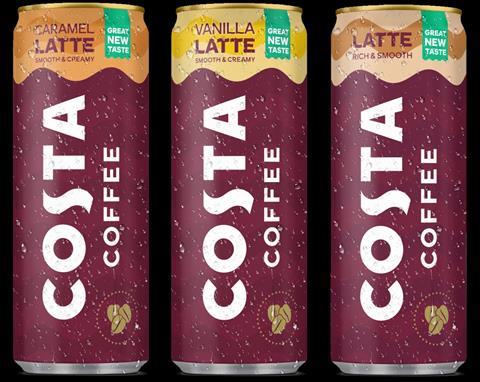
“Despite only a relatively short time in market, Costa is already 9% of the total microground segment and growing rapidly,” says Cumming. “We are also seeing great results from other launches, including our hot chocolate range, which continues to receive rave reviews from consumers, and [is achieving] growing availability.”
While Costa’s crushing it in the mults, its coffee shop rivals have had varying success. Pret a Manger drinks by JDE and Caffè Nero products have achieved triple-digit value gains – albeit from small bases.
Meanwhile, Starbucks lines are down £2.4m. It’s a further headache for Nestlé, which makes Starbucks’ drinks under licence. The Swiss supplier has seen its flagship Nescafé brand dip £12.7m across instant and ground. But it’s confident NPD will recoup losses.
“With out-of-home coffee trends continuing to influence in-home consumption, Nescafé and Starbucks at Home have continued to invest in innovation that can deliver the best quality coffee experience at home,” says a Nestlé spokeswoman.
She points to the relaunched Starbucks Premium Mixes and new Nescafé Azera Perky Blenders craft instant as examples. “Premiumisation is playing a key role in the category. Nescafé continues to strengthen its position as the leader in the coffee category thanks to a programme of innovations and new product developments. We are also seeing our consumers increasingly choose decaffeinated coffee variants, a trend which we expect will continue.”
Counter cultural
Nescafé’s current downturn is indicative of several big brands’ fortunes this year. They appear to have been hit hardest by the gains made by coffee shop brands and own label – which is up £5m in roasted & ground. Take Kenco, instant’s second-biggest brand. It’s down £18.8m, the category’s greatest loss of the year.
This is partly due to unflattering comparisons with strong 2020 and 2021 sales, when most Brits had more time to put the kettle on, says Paul Junor, revenue & category growth controller at owner JDE. “The total coffee market has seen a decline. However, this follows an unprecedented year when there was a huge spike in at-home coffee occasions.”
Nevertheless, when compared with pre-Covid levels, Kenco and sister brands Tassimo and Douwe Egberts “have actually seen growth, reflecting continued interest in creating coffee shop quality drinks at home”, he adds.
“Even with the cost of living crisis, coffee is expected to be more protected against financial pressures, with sales projected to grow as shoppers continue to trade up.”
Which is why JDE has been busy pushing lines to trade up to – such as Kenco Iced/Hot Latte (see our Top Launch). It’s also launched its own home machine and compatible pods under the L’Or Barista marque. “With the cost of living crisis looming, there is going to be significant pressure on household spending,” adds Junor. “Consumers will be considering how they can make simple switches to save money – including swapping their coffee shop visit for a delicious version at home. This will create a valuable opportunity.”
Tea market
Speaking of opportunity, the tea market is well-placed despite an underwhelming year, says Fiona Reavley, corporate reputation & communications manager at Tata Consumer Products, owner of Tetley and Teapigs. “The long, warm summer was not kind to hot beverages – but the tea sector has remained relatively stable, with opportunities for higher-end premium teas and fruit and herbals.”
Our data backs her latter claim. While tea’s overall value has declined 3.5% on volumes down 6.5%, pricier black tea and infusions have done well. Market leader Yorkshire Tea, for instance, has turned in the strongest performance, adding £4.1m on units that have dipped just 0.5%.
“The key is our unwavering commitment to doing things properly, from ensuring we buy the very best quality teas for our blends, to investing in impactful communications helping us build a loyal army of tea drinkers,” says senior brand manager Lucy Hoyle.
She points to the July launch of a TV ad starring Patrick Stewart (see above). “We continue to invest in challenger brand communications to drive home our commitment to properness with tea lovers.”
Pukka is the only other top 10 tea brand in value growth, having achieved a 1.9% increase – although units have dipped 1.4%.
“We understand budgets are tightening, but tea remains one of the most affordable, accessible and sustainable better-for-you beverages in the world after tap water,” says Fiachra Moloney, general manager at Pukka and PG Tips brand owner Ekaterra.
“Customers don’t want to compromise when it comes to taste. Our Pukka brand uses the highest quality organic herbs and independently certified fair ingredients.
“It’s also the number one fruit and herbal tea brand when it comes to media spend, with a 48% share of spend in the total tea category so far, helping to drive awareness and sales in the category,” she adds.
Adele Ward, marketing director at Clipper Teas, also notes demand for fruit and herbal teas. “Infusions continues to be our strongest-performing segment, growing 14.5% year on year,” she says. “This is bolstered by the launch of our Clipper Super Greens range this summer.”
The end of the year sees Clipper £1.6m in the red – a modest loss compared with PG Tips’. It’s suffered the greatest decline in tea, losing £7.6m on units down 9.2%.
That’s the result of Covid restrictions ending, says Moloney. “We saw growth in the category during lockdown.” While shoppers are now buying less tea, “there are still exciting opportunities in the market,” she adds. “We have an extensive shopper marketing plan in place across in-store and e-commerce that aims to drive more traction for our ranges and the tea category overall.”
For PG Tips’ closest rival, Tetley, price promotions will be crucial over the coming year. “It’s important Tetley continues to champion value to the inflation-affected shopper,” says Reavley. “We continue to be laser-focused on delivering promotional plans that deliver value to all shoppers – as well as expanding our wellbeing range of teas.”
And wellbeing is something Brits will likely want plenty of this coming year.
Top Launch 2022
Kenco Iced/Hot Latte | JDE
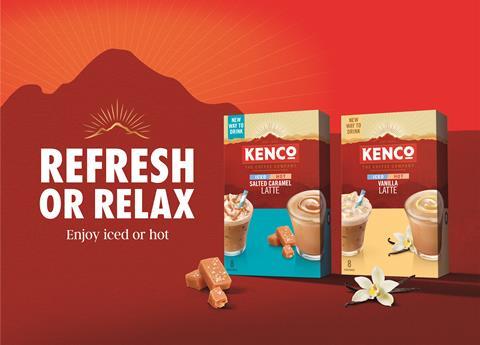
Brits love a latte. Hence this canny and bang-on-trend launch from JDE. It’s an instant latte that can be mixed with hot or cold water. Available in Salted Caramel and Vanilla, Kenco Iced/Hot Latte launched into Morrisons in February. It’s since been picked up by Tesco and other grocers – allowing consumers to personalise their beverages while widening instant coffee’s reach. And with a retail price of £1.60 for eight sachets, it offers an attractive return for retailers.























![Cheese ]GettyImages-664658023](https://dmrqkbkq8el9i.cloudfront.net/Pictures/100x67/1/8/6/282186_cheesegettyimages664658023_540979.jpg)





























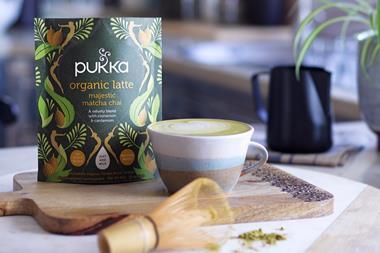
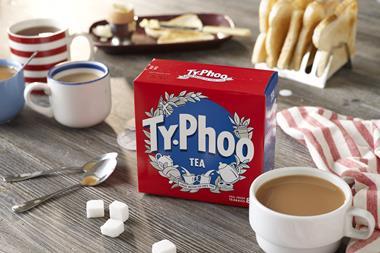

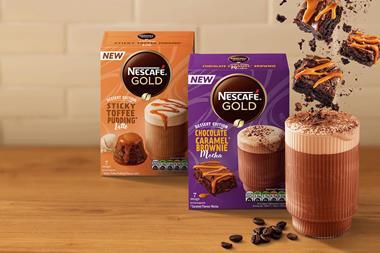
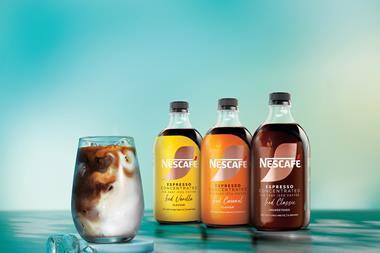
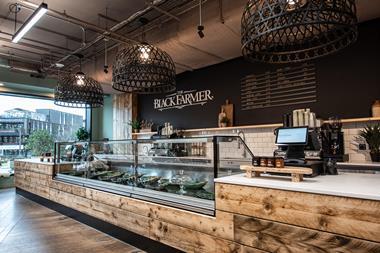























No comments yet